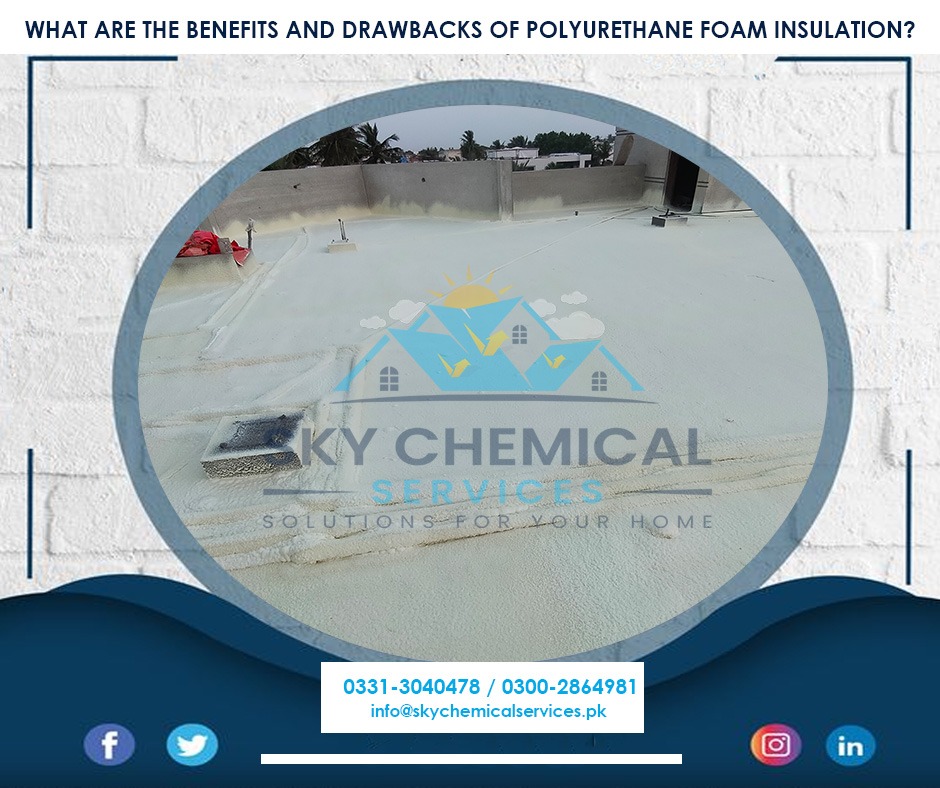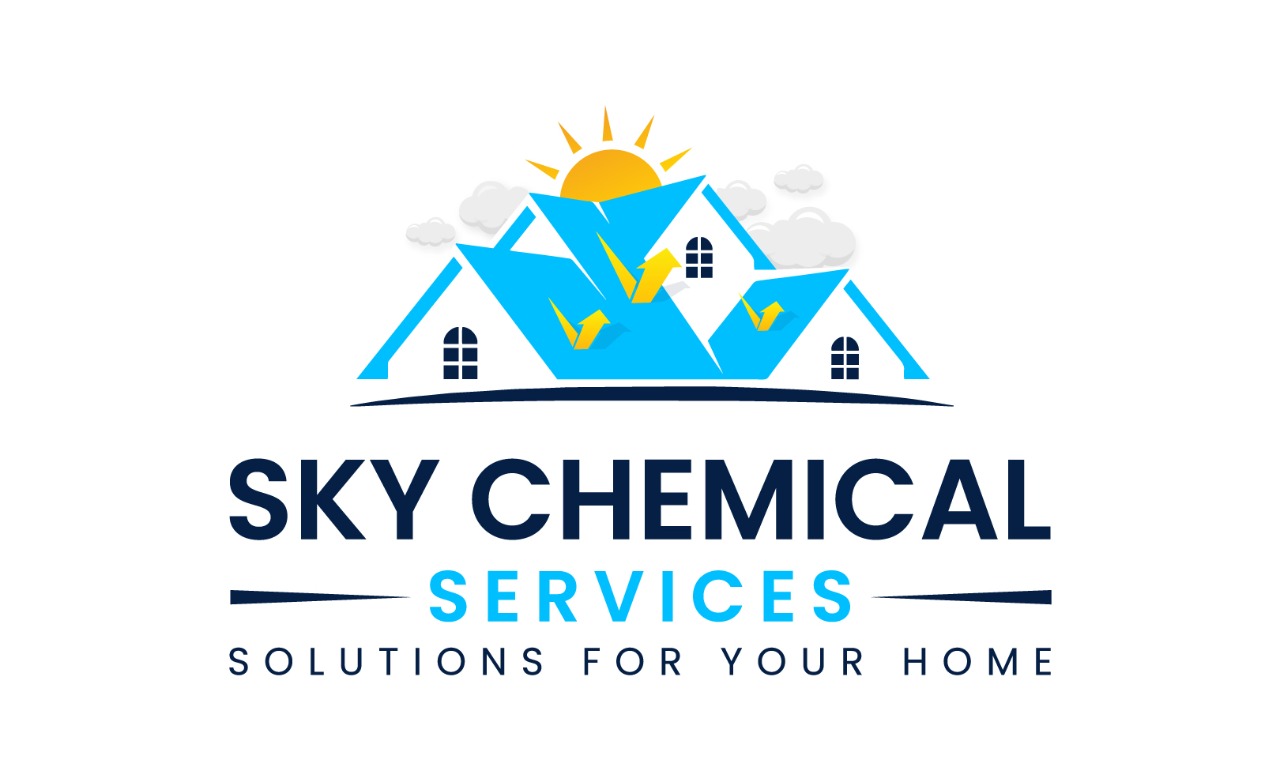
Polyurethane foam is a common material used for home insulation purposes. It is recommended by owners and construction experts due to its thermal resistance and air tightness properties. Polyurethane foam insulation is prepared by mixing the two chemical substances: isocyanate and polyol in a spray cannon. The mixture expands and solidifies after being sprayed onto a surface to produce a layer of foam insulation. While polyurethane foam insulation offers several benefits, there are a few drawbacks too.
Benefits of Polyurethane Foam Insulation
-
Excellent Insulation
Polyurethane foam is an excellent thermal inhibitor, keeping the structures cool in warmer months and warm in the winter season. Since it has a high R-value (thermal resistance value), it can propel energy reduction to heat or cool an area. As a consequence, energy costs and carbon footprint are diminished.
-
Air Sealer
Polyurethane foam insulation is an excellent air sealer. It assists in managing air leakage in buildings, especially in hard-to-reach-places. In addition, it limits the total amount of outdoor contaminants that enter the structure, enhancing indoor air quality. Also, it helps in lowering the noise level throughout the building.
-
Moisture Resistance
Besides limiting the formation of mold and mildew, polyurethane foam insulation restricts moisture entrainment as well. This helps to reduce breath-related illnesses and improve indoor air quality.
Read More
Types of Roof Heat Insulation in Pakistan
How to Protect Homes Using Heat Insulation in Pakistan?
How Much Time Does It Take to Apply Heat Insulation in Karachi?
-
Longevity
PU foam insulation offers an extended lifespan of 50 years or more. Due to its closed structure and ability to sustain impacts, it is recommended by users around the world.
Drawbacks of Polyurethane Foam Insulations
Following are some drawbacks of polyurethane foam insulation:
-
Cost
When compared to other types of insulation, PU foam is an expensive buy. Some people might find it difficult to purchase due to limited resources.
-
Installation
An expert should apply the PU foam on the surface because of several reasons. Firstly, the process contains chemicals, which, if not handled with care, might be damaging.
-
Health Risks
Volatile organic compounds (VOCs) are emitted during PU foam application. That’s why safety and precautionary measures are necessary. Experts from Sky Chemical Services suggest the use of goggles, mask, suit (if possible), and shoes. Problems, such as respiratory issues, headaches, and nausea are prominent.
Read More
Epoxy vs Polyurethane. Which one is Better?
Best Brushes for Polyurethane Coatings
What is Spray Polyurethane Foam?
-
Environmental Impact
As polyurethane is produced from substances derived from petroleum, it has an adverse effect on the environment. Greenhouse gases and other pollutants generate as a result.
Conclusion
There are various types of polyurethane foam insulation, such as open-cell and closed-cell foam, each with distinctive characteristics and uses. Open-cell foam is used in varying climatic conditions despite being less flexible and having a lower R-value and density than closed-cell foam. On the other hand, closed-cell foam is more expensive, denser, and has a greater R-value.
Polyurethane foam insulations offers a variety of advantages, such as superior thermal insulation capabilities, superior air sealing capabilities, resistance to moisture, and durability. The cost, installation, health hazards, and environmental effects are some of the drawbacks.
If you are confused in deciding about the right type of insulation for your structure, contact Sky Chemical Services today. Their experts ensure that you are provided with the best services in quick time.
